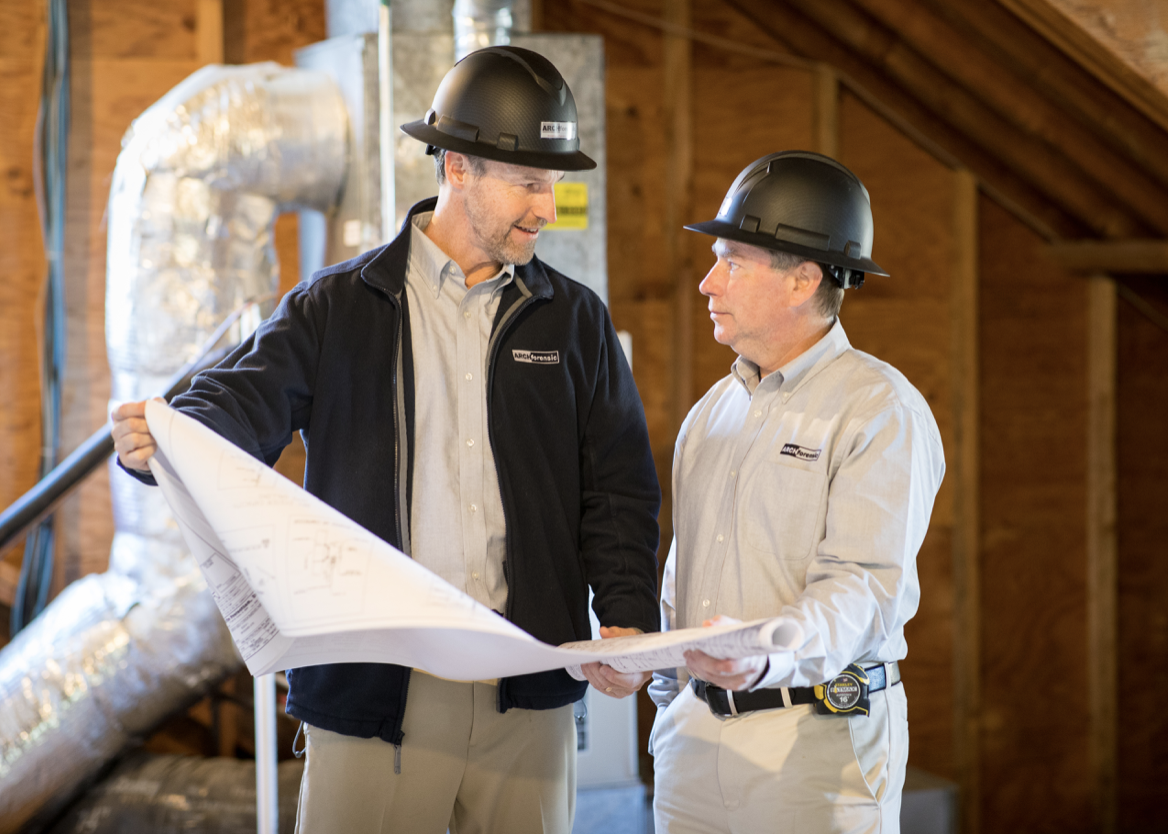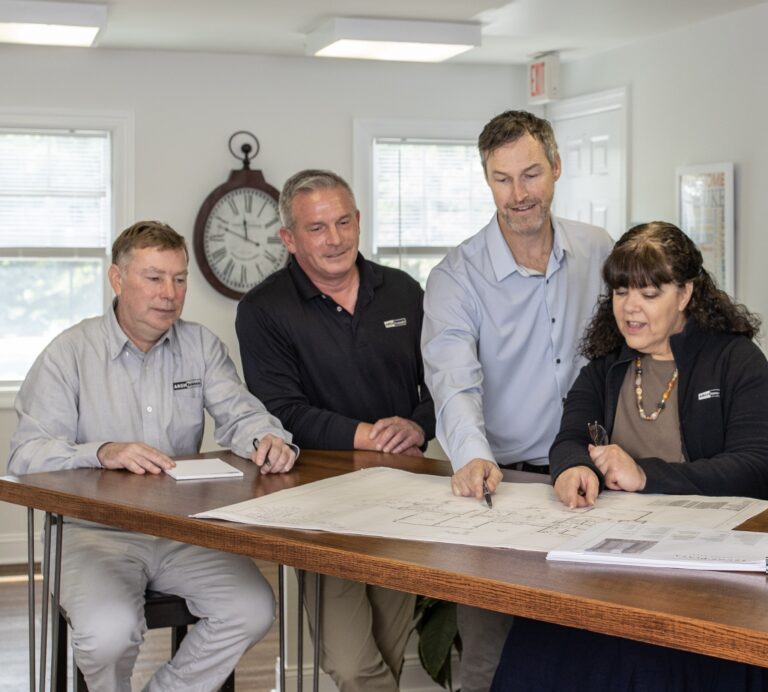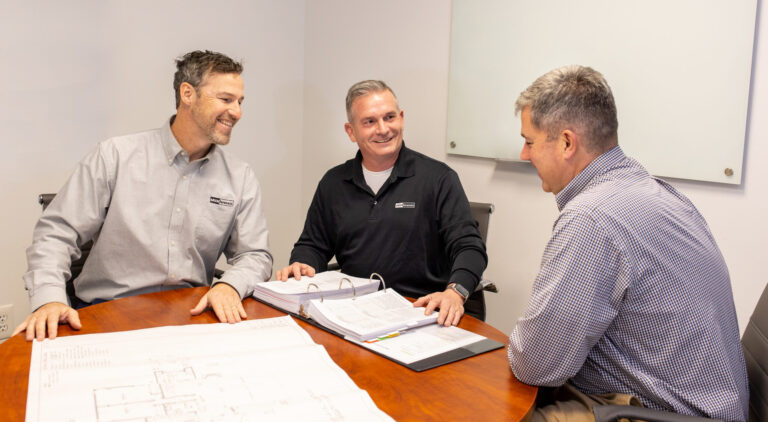By Christopher D. Ling, AIA |May 2024

Introduction
As a seasoned forensic architect with over 35 years of experience, I have encountered hundreds of scenarios where the architects’ professional integrity and adherence to the Architect’s Standard of Care have been tested. It is imperative to understand that when an architect falls short of the standard of care, it not only exposes them to liability in civil lawsuits but also to ethical considerations. We will explore the implications of architects performing below the standard of care, the importance of local practices, and how to evaluate an architect’s actions against their peers.
The Implications of Falling Below the Standard of Care
An architect performing below the standard of care is often a breach that can be covered by the architect’s professional liability insurance. This wrongdoing may create the risk of a lawsuit that could lead the architect to civil court. Architects must be aware that their services should align with those of similar architects in a comparable situation and locality. When we refer to a “similarly situated architect,” we are highlighting the importance of considering how other architects with the same contract scope in that region would perform their professional duties.
Considering Local Practices
Standard practices in one region, either across the world or within the U.S., may differ significantly from those in another region. Architects working on specific projects must take into account what practices are common and acceptable within the state. Failing to assess a project through the lens of a local architect would be unfair.
Unique conditions, such as high rainfall, heavy snow, strong winds, or high temperatures, can significantly impact a building’s design. Architects must address these conditions through insulation, ventilation, natural lighting, and durable materials to ensure buildings are viable, energy efficient and meet the owner’s needs.
Evaluating an Architect’s Actions
When evaluating an architect’s standard of care, it is crucial to put oneself in their shoes at the time of the alleged mistake. The key question is, “What should the architect have known?” This evaluation should be based on how other similarly situated architects would have performed under the same circumstances. New building code requirements and new industry information may not apply to an older building design.
Determining What Most Architects Would Do
To discern the actions most architects would take in a particular situation, Lings 6-Point Test must be considered:
1) The Contract: The architect’s responsibilities and obligations, as outlined in the contract with their client, play a significant role in evaluating their standard of care. Aside from the legal requirements, the contract maps out the architect’s scope of work. A work plan should be made for the architect’s office to support the required scope of work.
2) The Building Code: Architects must design buildings that adhere to all building codes and regulations relevant to their projects. The understanding of the intent of each building is important when determining the architect’s standard of care. There are strict reading of the building codes and there are items referenced in the building codes.
3) Building Code References: Ensuring that building code references are considered and should be factored into a determination for the standard of care.
4) Industry Treatise: Industry guidelines and best practices are valuable resources for architects to ensure compliance with industry standards. Architects should keep up with the latest building science and the profession does change. Many states require continuing education credits to keep architects abreast of changes in the industry.
5) Manufacturer Installation Requirements: Adherence to manufacturer warranty requirements is important, as deviations can lead to poor material performance and construction defects. For example, if the architect provides instructions contrary to manufacturer about the roof membrane, water can penetrate the roofing system, leading to leaks and water damage inside the building. In severe instances, the whole system can fail.
6) Local Building Practices: Local practices and standards should be observed to maintain the standard of care.
Not using Lings 6-Point Test can open an expert up for “Net Opinion.”
Challenging “Net Opinion in Court.
A “Net Opinion” is when an expert forms an unsupported opinion. One way the “net opinion” can be challenged in court is by demonstrating that an expert’s views are unsupported by evidence or industry standards. This highlights the importance of presenting well-documented and fact-based expert opinions, such as the above 6-point test.
Case Example: An architect was sued by a property owner for professional negligence leading to a jury award for the owner. However, on appeal, the court found out the property owner’s expert had used net opinion. The property owner’s expert had testified that a prudent architect would not have relied on the owner’s professional survey but would have personally walked the grounds. In this case, the survey did not accurately depict the location of trees. The court said the property owner’s expert had given net opinion. This is because the expert could not point to any authority to support the proposition that an architect cannot rely upon the owner’s survey and must instead personally walk the grounds when creating a site plan. Therefore, the court concluded, the property owner’s increased fees to the contractor and costs associated with site plan revisions were not attributable to the architect’s failing to meet his standard of care. The jury award was reversed.
Conclusion
The Architect’s Standard of Care is a cornerstone of the architectural profession, ensuring that architects provide their services with competence and diligence. Falling below this standard exposes architects to the risk of legal action and ethical complaints. To navigate this complex terrain successfully, architects must consider locality-specific practices and adhere to industry standards. In evaluating an architect’s actions, it is crucial to assess what most similarly situated architects would have done in the same circumstances. By doing so, architects can uphold the integrity of their profession and minimize the risks associated with falling below the standard of care.
Christopher D. Ling, AIA, NCARB, PP, LEED AP, is a seasoned construction expert with over three decades of experience. As a Registered Architect and Professional Planner, he has authored reports for 1000+ construction cases, totaling $2 billion. Founder of ARCHforensic® LLC, Ling specializes in resolving litigation claims through meticulous investigation and expert testimony.






